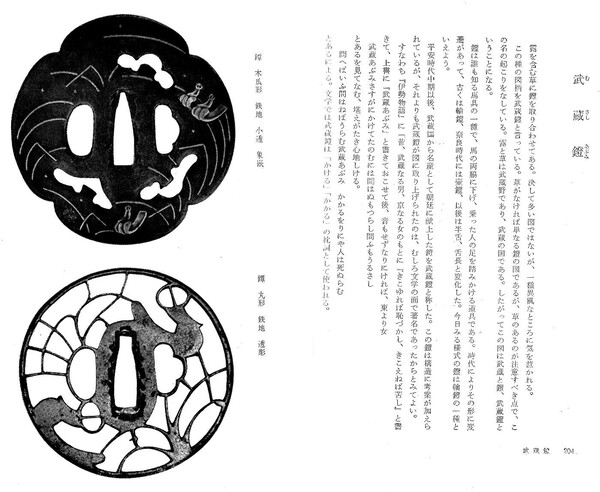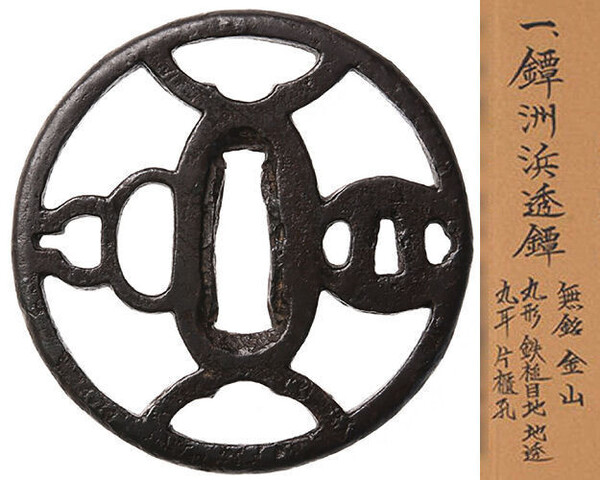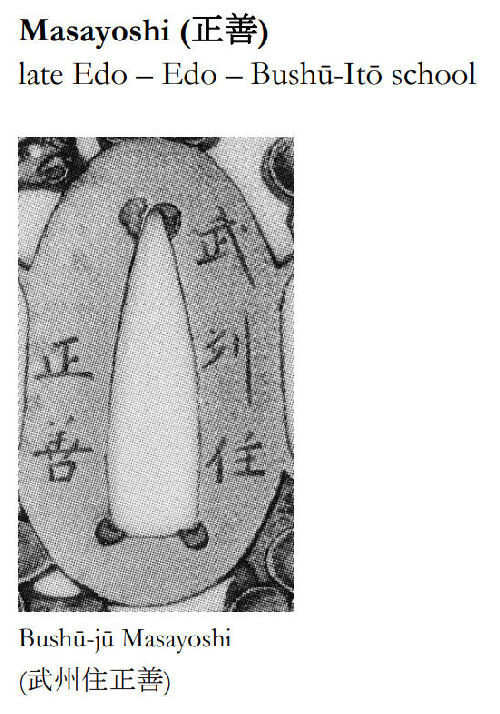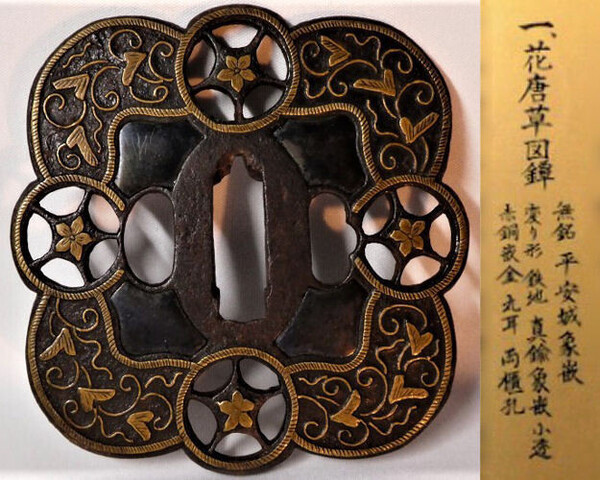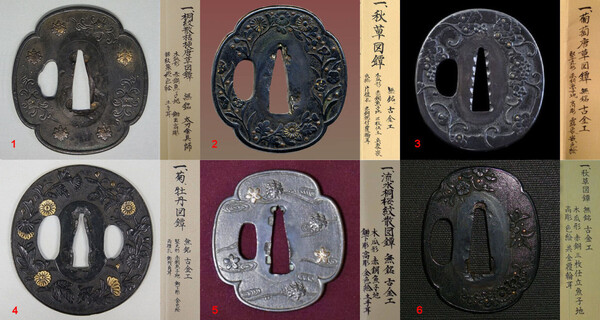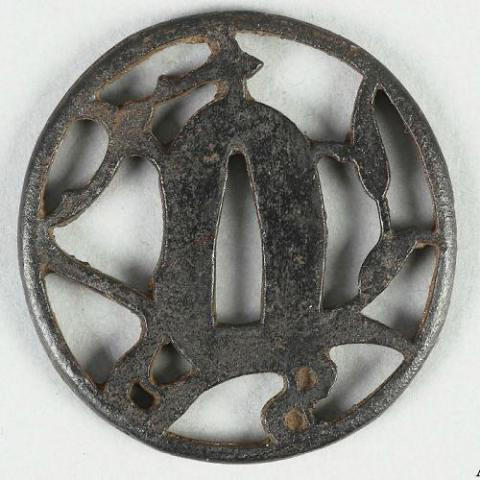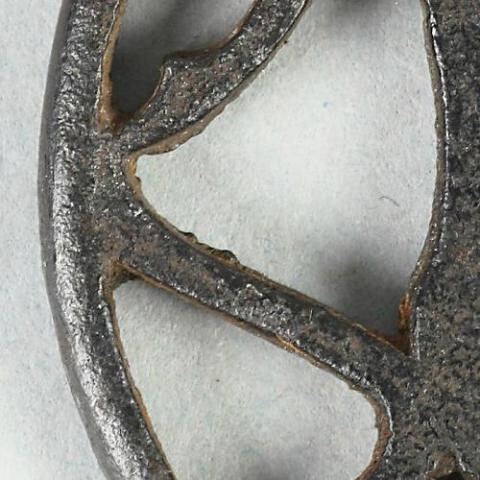-
Posts
665 -
Joined
-
Last visited
-
Days Won
5
Content Type
Profiles
Forums
Events
Store
Downloads
Gallery
Everything posted by MauroP
-
To filling the gaps: 菊に鹿図縁頭 - kiku ni shika no zu fuchi kashira (chrysanthemums and deer design) 無銘 古美濃 - mumei ko-Mino 銀魚子地 鋤出高彫 - gin-nanako-ji sukidashi-takabori (silver material)
-
It's hard to judge from the pics whether the plate is just carved or perforated and then filled with gankin. If the latter is true probably the fillings are not iron, so it should be easy to probe them with a little magnet.
-
Hi, try searchig for "nishiki-tsutsumi". See: https://www.touken-matsumoto.jp/en/product/shousai/KO-0047
- 1 reply
-
- 1
-

-
The comma-shaped sukashi should be a magatama (曲玉), a bead with religious significance and one of the three Imperial Regalia of Japan.
-
Here the relevant entry for Musashi abumi. See also https://ja.wikipedia.org/wiki/むさしあぶみ. Unfortunately I'm unable to find a reference in a Western language.
-
Hi Grev, the subject of Akasaka tsuba is 武 蔵 鐙 - Musashi abumi. The Stirrups of Musashi refers to a book reporting the Great fire of Meireki in 1657 (according to "Tsuba - Kodōgu Gadai Jiten" by Numata Kenji).
-
Hi, another "tsuba in tsuba" piece, attribution to Kanayama (from https://eirakudo.shop/tosogu/tsuba/detail/323113)
-
Hi Ali, welcome in the forum. You are correct, the paper is a sort of certification of authenticity. Nonetheless I respectfully suggest that 280 bucks for an almost undecorated tsuba (and you have also to pay for taxes) is not exactly a bargain...
-
That's my library, but the books in it were acquired quite randomly... https://www.dropbox.com/s/1o3db7r4le9hytq/Japan %26 nihonto-related library.pdf?dl=0
-
"Tsuba - Kodogu Gadai Jiten" is possibly the best reference book for subjects from Japanese artistic tradition in tōsōgu, and quite easy to find. Unfortunately it's written in Japanese. I tryed to compile an index. See here: https://www.militaria.co.za/nmb/topic/31049-tsuba-kodogu-gadai-jiten/#comment-317709
-
Hi Mark, I think the tsuba doesn't look so bad, it could even be a ko-kinkō piece, though unmatched to a saya with kogatana slot.
-
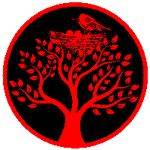
Interesting Heian Tsuba with Shakudo Mimi and inserts
MauroP replied to Infinite_Wisdumb's topic in Tosogu
-
Aizu-Shōami or Mito?
-
@Thomas Sinclair In my database I've recorded 7 tachi-kanagushi tsuba; 3 out 7 can be oriented according to their decoration, and all are edge up (as in katana mounting). In 5 tsuba attributed to tachishi (is the same as tachi-kanagushi or not?) the only one that can be surely oriented is also edge up. So what's the meaning of such attributions is still unclear for me...
-
Here below some examples of vertical nanako tsuba. No.1 papered as tachi-kanagushi, the others as ko-kinkō. No.2 has a sanmai construction. Unfortunately no ko-Mino example to show.
-
The kanji read Otsuryūken Miboku Hamano. More than one artist signed that way.
-
-
Pretty sure that most sanmai tsuba were not produced with repoussé technique. Here below an example of an unusual large tsuba whose shakudō plates show lack of decoration pattern near the border. That's a proof that the plates were produced in standard dimension and then adapted to the "core" plate. Nontheless that kind of tsuba should be old enough to deserve a ko-kinkō attribution.
-
About No. 217: the tsuba below is described as shi-hō warabide sukashi (四方蕨手透 - openwork of fern sprouts in four directions)
-
Ben fatto Luca! I just had a look and found it a very promising paper; surely I'm going to read it thoroughly.
-
-
In my records I count 6 mumei tsuba with Hikone attribution and just one reported as Sōten (and 7 more signed Sōten). So, if unsigned, the tsuba usually takes a paper with Hikone written in it.
-
I think unlikely the occurrence of iron casted tsuba in Edo times, but their production should be as early as the early Meiji period. Here below a surely casted tsuba from the Powerhouse Museum in Sydney, collected by the Reverend Julian Tenison-Woods in 1886 (unless a faulty record from the museum).
-
Maybe a theme related to Satō Tadanobu?




